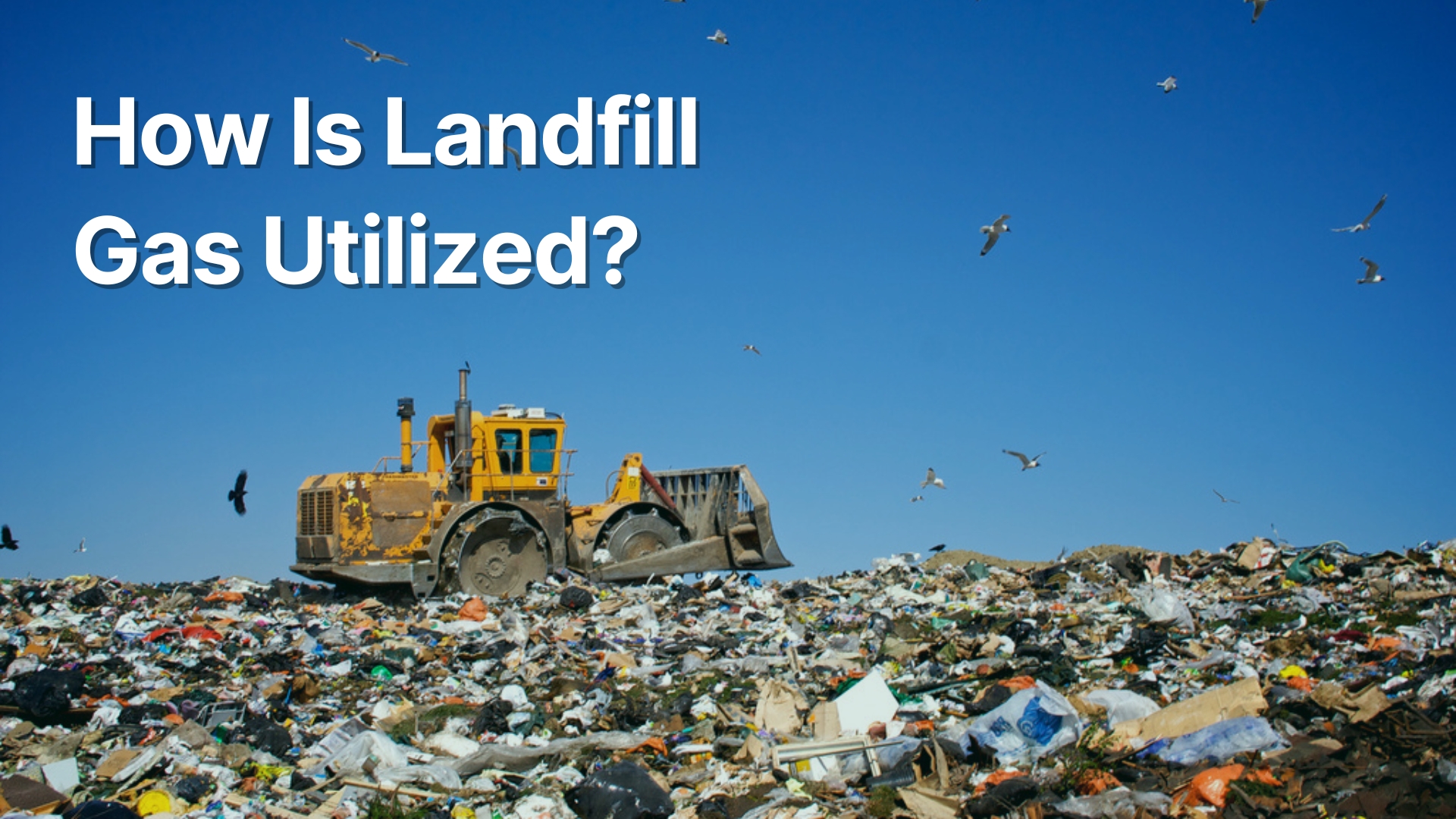Landfill Gas Utilization: How It Reduces Emissions and Generates Carbon Credits
Others

What is Landfill Gas (LFG)?
Landfill gas (LFG) is a by-product of the natural decomposition of organic material in municipal solid waste (MSW) under anaerobic conditions. It consists of approximately 50% methane (CH₄), 50% carbon dioxide (CO₂), and trace amounts of other organic gases.
Municipal solid waste is the third-largest source of human-caused methane emissions globally—following emissions from fossil fuel systems and livestock-related enteric fermentation. Initially, waste in landfills decomposes aerobically (with oxygen), producing minimal methane. As oxygen is depleted, anaerobic decomposition begins, significantly increasing methane generation.
How Can We Make Use of LFG?
Rather than allowing methane to escape into the atmosphere, LFG can be captured and converted into useful energy. The general process includes the following steps:
-
Collection: LFG is extracted using vertical or horizontal wells drilled into the landfill and connected through a network of pipes.
-
Primary treatment: The gas is processed through blowers and flares to remove moisture.
-
Secondary treatment: Filters remove impurities such as siloxanes and hydrogen sulfide. The gas is then compressed.
-
Advanced treatment: Additional separation systems may remove volatile organic compounds and excess CO₂ for higher purity.
-
Energy generation: The treated gas is used to generate power using internal combustion engines, gas turbines, or fuel cells. Alternatively, it may be substituted for fossil fuels in boilers, industrial heating, or vehicles.
Benefits of LFG Utilization
Utilizing LFG offers multiple environmental and economic advantages:
-
Emission reduction: Methane combustion transforms it into CO₂ and water. Since methane has a global warming potential 28 times higher than CO₂, this significantly reduces climate impact.
-
Cleaner air: Combusting LFG eliminates most volatile organic compounds that would otherwise contribute to poor air quality.
-
Revenue generation: LFG can be monetized through the sale of raw gas, upgraded renewable gas, or electricity. Projects can also create substantial employment—estimates suggest one project may generate 9–19 direct and 35–68 indirect jobs.
Can We Generate Carbon Credits from LFG Projects?
Yes. LFG utilization projects are eligible for carbon credits and have been widely registered under international carbon crediting mechanisms such as the Clean Development Mechanism (CDM), Verified Carbon Standard (VCS), and Gold Standard.
These projects are considered to have:
-
Low additionality risk: Methane capture is not yet business-as-usual in many regions.
-
No permanence risk: Unlike forest projects, captured methane is immediately destroyed through combustion.
-
High mitigation impact: The project directly addresses methane, a potent greenhouse gas with outsized climate effects.
Want to expand your knowledge on decarbonization and carbon market topics? Don’t miss our weekly articles on Insights page and follow our LinkedIn to stay updated 🌳
References:
Carbon Credit Quality Initiative. (2023). Landfill gas utilization. In Carbon Credit Quality. https://carboncreditquality.org/download/Factsheets/EN/Landfill Gas Utilisation.pdf
US Environmental Protection Agency. (2018). Benefits of Landfill Gas Energy Projects. EPA. https://www.epa.gov/lmop/benefits-landfill-gas-energy-projects
US Environmental Protection Agency. (2024). Basic Information about Landfill Gas. EPA. https://www.epa.gov/lmop/basic-information-about-landfill-gas

